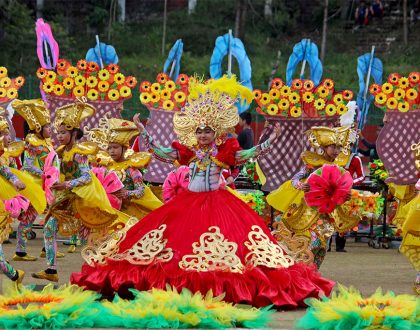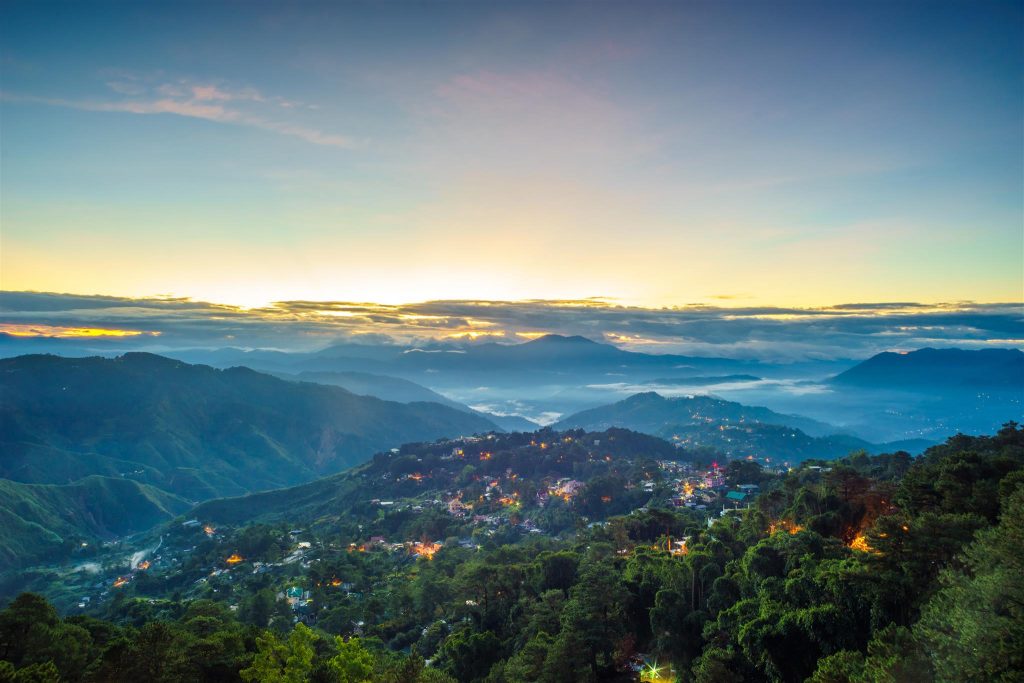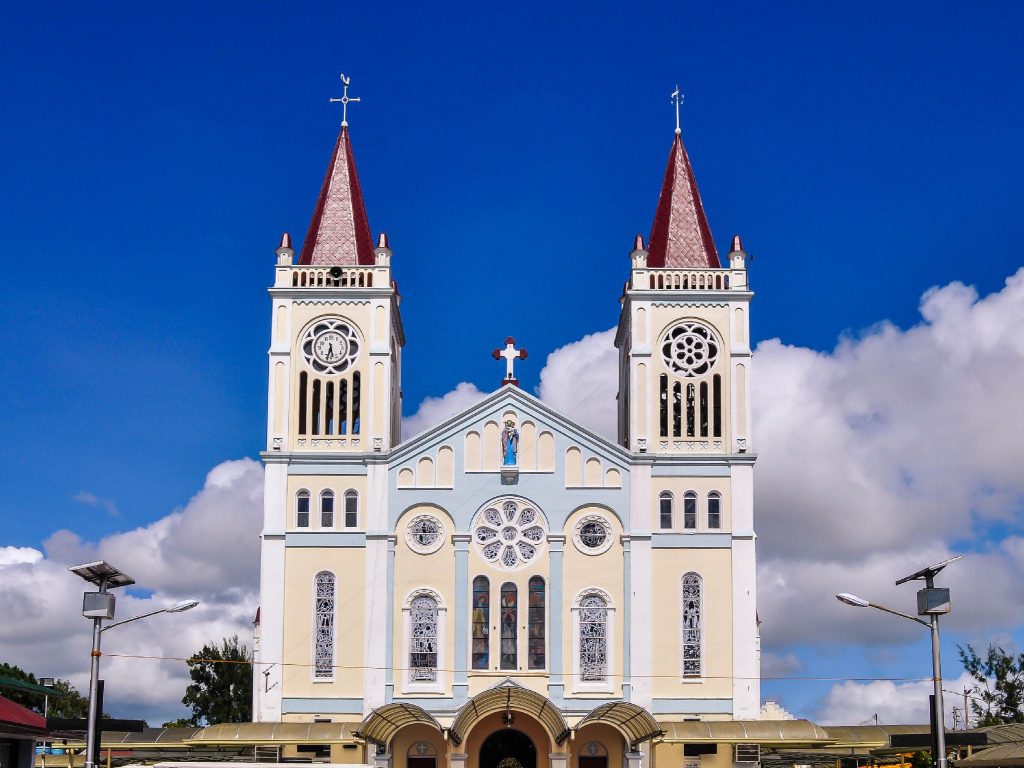Visit the best places in Baguio
Notice: Undefined variable: key in /home/baguioho/public_html/wp-content/themes/hotella/inc/helpers/get-the-image.php on line 297

by eurasia
Burnham Park – This is named after Daniel Burnham, the popular American architect and urban planner who came to the Philippines. In 1905, he came out with the “Report on the Proposed Plan of the City of Baguio Province of Benguet, P.I.” He designed Burnham using the urban plan of Washington D.C. (also his creation) as his template. So Baguio in a way was planned for both power (Washington D.C.) and recuperation (as the Summer capital of the Philippines).
Using his Axis plan, Burnham created Baguio’s civic core with two building clusters on the opposite sides of the valley: on one side is the cluster of buildings for local government, and the other for the national government as Baguio became the Summer Capital of the Philippines. In the middle is a park, later known as Burnham Park. As early as 1930, the Lake already had a dancing fountain.
Camp John Hay – Filipinos who watched Lincoln would have recognized the young man always behind Daniel Day Lewis’ Lincoln. That is John Hay, played by former child actor James Cross. John Hay was Lincoln’s personal secretary, but became Presidents William McKinley and Theodore Roosevelt’s Secretary of State.
In 1903, a land in Benguet was ceded to the United States, and Roosevelt named it Camp John Hay (CJH). In 1905, John Hay died. CJH was a recreational facility even then, completed in 1913 by J. Franklin Bell, then the Commanding General of the Philippine Department.
There is a huge house in CJH still called the Bell’s House and the nearby Bell’s Ampitheater, where many weddings are now held – that is why people thought it was named after “wedding bells.” CJH then had a permanent garrison of three companies composed of warriors from Ifugao and Bontoc wearing G-strings and coat. The Americans held on to CJH until July 1, 1991 when it was turned over to the Bases Conversion Development Authority. But old timers remember that time when it was still held by the Americans, when one could have bottomless coffee, real beef hamburgers and chili cookouts. Commodores even played there for free. The only American holdover there now is the US Ambassador Residence.
Kennon Road – It cost $2 million to make then in the early 1900s, which was already an anomalous expense according to some US senators. It was finished in 1905 by Major Lyman Kennon and opened the expansion of the former ranchland known as Kafagway.
Casa Vallejo – It may have a Spanish-sounding name, but it was then known as Dormitory Four, the lodging house of the foremen of Kennon Road. In 1923, it was leased to Salvador Vallejo who turned it into a hotel. It survived the carpet bombing of Session Road at the end of World War II and its present incarnation remains faithful to Dormitory Four.
Teacher’s Camp – It began in 1908 as a place where Thomasites and other American teachers all over the Philippines stayed for a few weeks during the summer. These 400 or so teachers would stay in tents and enjoy the American life they so missed. Soon English-speaking Filipino teachers would join them and the Philippine Legislature decided to build semi-permanent wooden dormitories and halls for them.
Recommended Posts
Notice: Undefined variable: key in /home/baguioho/public_html/wp-content/themes/hotella/inc/helpers/get-the-image.php on line 297

Panagbenga Flower Festival
February 23, 2018
Notice: Undefined variable: key in /home/baguioho/public_html/wp-content/themes/hotella/inc/helpers/get-the-image.php on line 297

Seasonal Promo
July 1, 2018
Notice: Undefined variable: key in /home/baguioho/public_html/wp-content/themes/hotella/inc/helpers/get-the-image.php on line 297

Baguio Holiday Villas is a 2018 Travelers’ Choice Award winner
January 25, 2018


